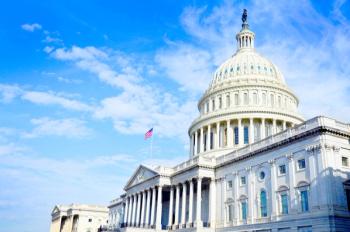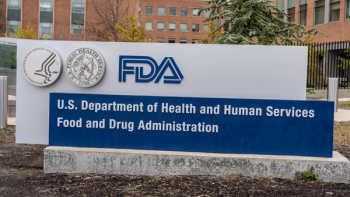
- Pharmaceutical Executive: December 2023
- Volume 43
- Issue 12
FDA, Industry Face Challenges in the Year Ahead
Unprecedented policy and access issues threaten R&D momentum.
In the 30 years that I have been writing about FDA policy and biopharmaceutical research and drug manufacturing, I have not encountered a time as uncertain as the present. The political battles over medicines for abortion, vaccine safety, and shortages in vital treatments threaten to undermine long-held confidence and support for the nation’s regulatory system for food, drugs, and medical products. Add to that Congressional delays in reauthorizing national initiatives to prepare for future pandemics, incentives to develop much needed anti-infective medicines, and funding for the US President’s Emergency Plan for AIDS Relief (PEPFAR), a bipartisan program that provides antiviral drugs to combat AIDS around the world.
Congressional infighting over federal spending furthermore threatens to limit funding and support for FDA as well as the National Institutes of Health (NIH) and vital national health programs. Such developments undermine the nation’s leadership in biomedical research and discovery of cutting-edge medical treatments. The situation could get worse, moreover, if the Supreme Court permits states to limit access to therapies approved as safe and effective by the FDA, but with medical uses opposed by certain interest groups.
One could argue that these and other contentious issues seem to ignore the remarkable success over the past three years of the public-private partnership that linked government funding to industry research to produce treatments able to arrest the spread of COVID-19. And even though FDA policies have long provided the “gold standard” around the world for conducting clinical research to assess the safety and efficacy of untried therapies, the political attacks on the US regulatory process are exhausting its leaders and undermining agency morale.
As Washington correspondent for Pharmaceutical Executive and its sister publications, I have commented extensively on these and a wide range of political, legal, and regulatory developments that have shaped medical product R&D and production in the US and abroad. I became familiar with drug regulation soon after Congress enacted legislation creating the modern generic drug industry and as the FDA revised clinical research and regulatory policies in response to the AIDS epidemic. And while it was clear in 2004 that a Medicare drug benefit would greatly expand access to medicines for elderly Americans, it also set the stage for increased government scrutiny of prescription drug prices, as demonstrated by recent events.
Similarly, the biotechnology revolution has opened the door to major advances in treatment of critical medical conditions, laying the groundwork for a whole new industry in the US and abroad. But the growing realization that many Americans struggle to afford those costly new medicines, as compared to citizens in other wealthy countries, has eroded public confidence in pharma and supported calls for patent and pricing reform. Manufacturers now are accepting Medicare price negotiations to avoid being shut out of program coverage, but participation may erode if such policies dry up private investment in the discovery of vital new therapies for patients, as industry predicts.
Although drug shortages will continue to draw more fire on the political front due to antiquated and often unreliable production processes, a main problem is that many of the products now in limited supply are low-cost generic drugs made by companies with limited resources to fund modern manufacturing operations. Innovation in this area may finally gain ground, though, as a way to expand availability of new gene and biotech therapies that are costly to produce and distribute.
The COVID national emergency exposed the fragility of our public health system and public confusion about programs and policies needed for a thriving biomedical research enterprise equipped to further tackle cancer, dementia, and a host of debilitating conditions. I can only hope as I sign off as Washington correspondent/editor that policymakers will look for ways to encourage, and not derail, such efforts, and that the nation will support policies and programs that improve the health and well-being of society—and avoids imposing personal beliefs on others that can limit access to life-saving and life-enhancing treatments.
The views and opinions expressed in this column are those of the author and do not necessarily reflect the views of Pharmaceutical Executive® or its parent organization, MJH Life Sciences.®
Articles in this issue
about 2 years ago
Finding that Sparkabout 2 years ago
Remote Reliance: The Rise of Oncology Home Careabout 2 years ago
It’s Always Important to Remember: Leaders Make Mistakesabout 2 years ago
Will Calendar Change Bring an End to Run of Volatility in Biotech?about 2 years ago
Navigating the Future: Key Market Access Trends to Watch in ’24about 2 years ago
Reflecting on 2023about 2 years ago
Pharmaceutical Executive: December 2023 Issue (PDF)Newsletter
Lead with insight with the Pharmaceutical Executive newsletter, featuring strategic analysis, leadership trends, and market intelligence for biopharma decision-makers.




